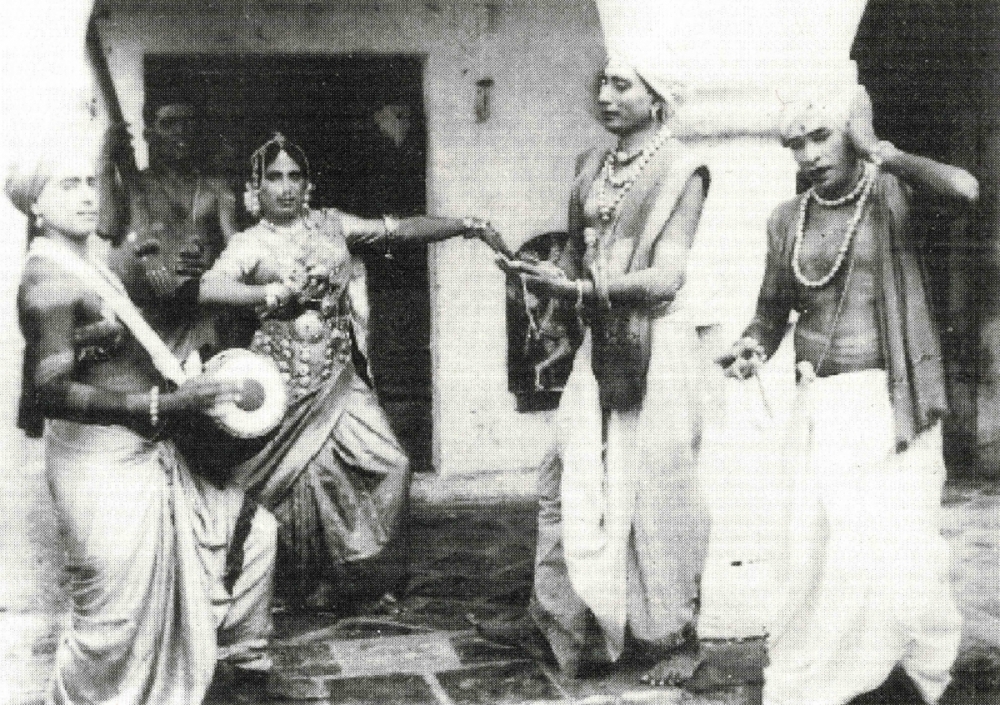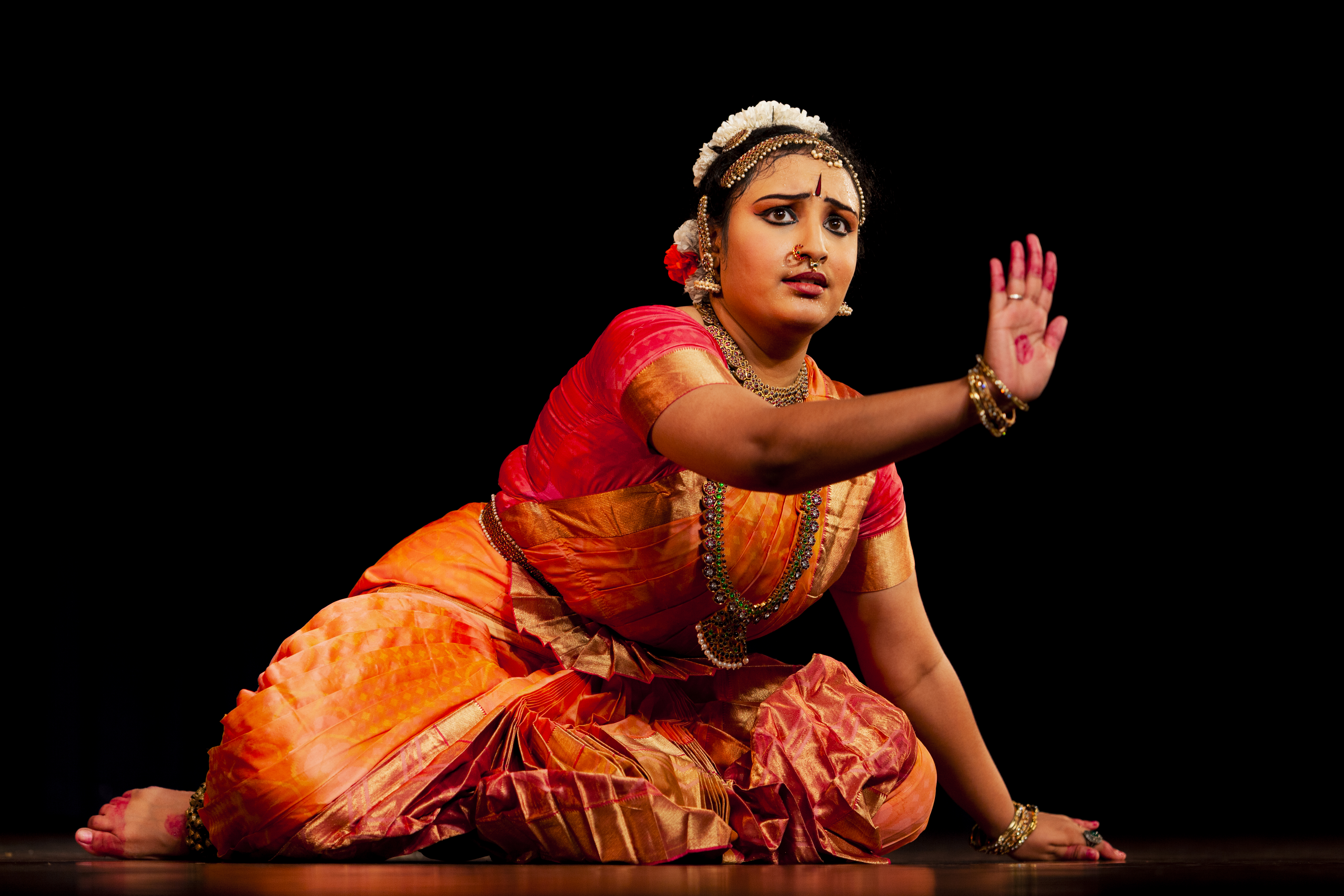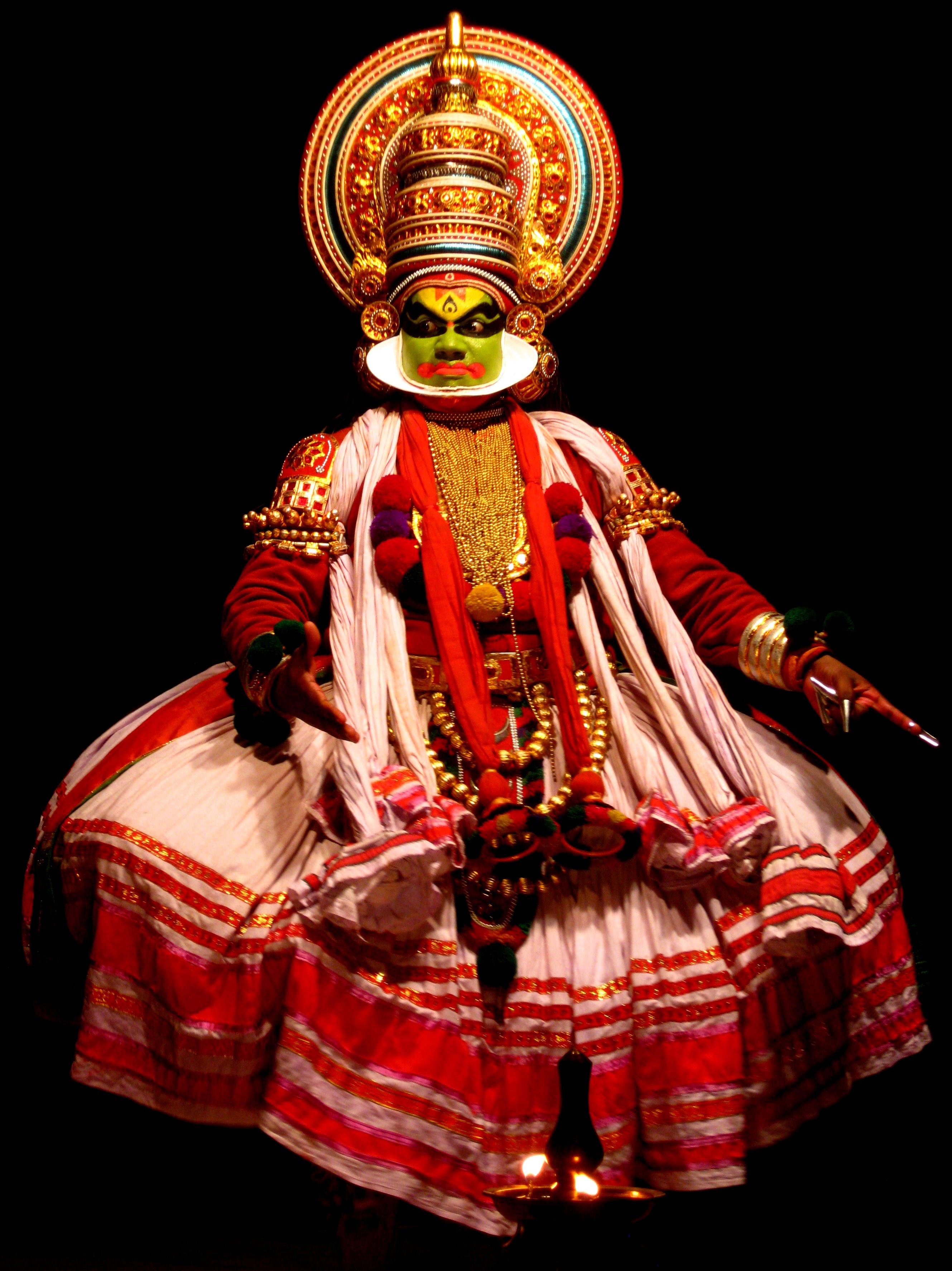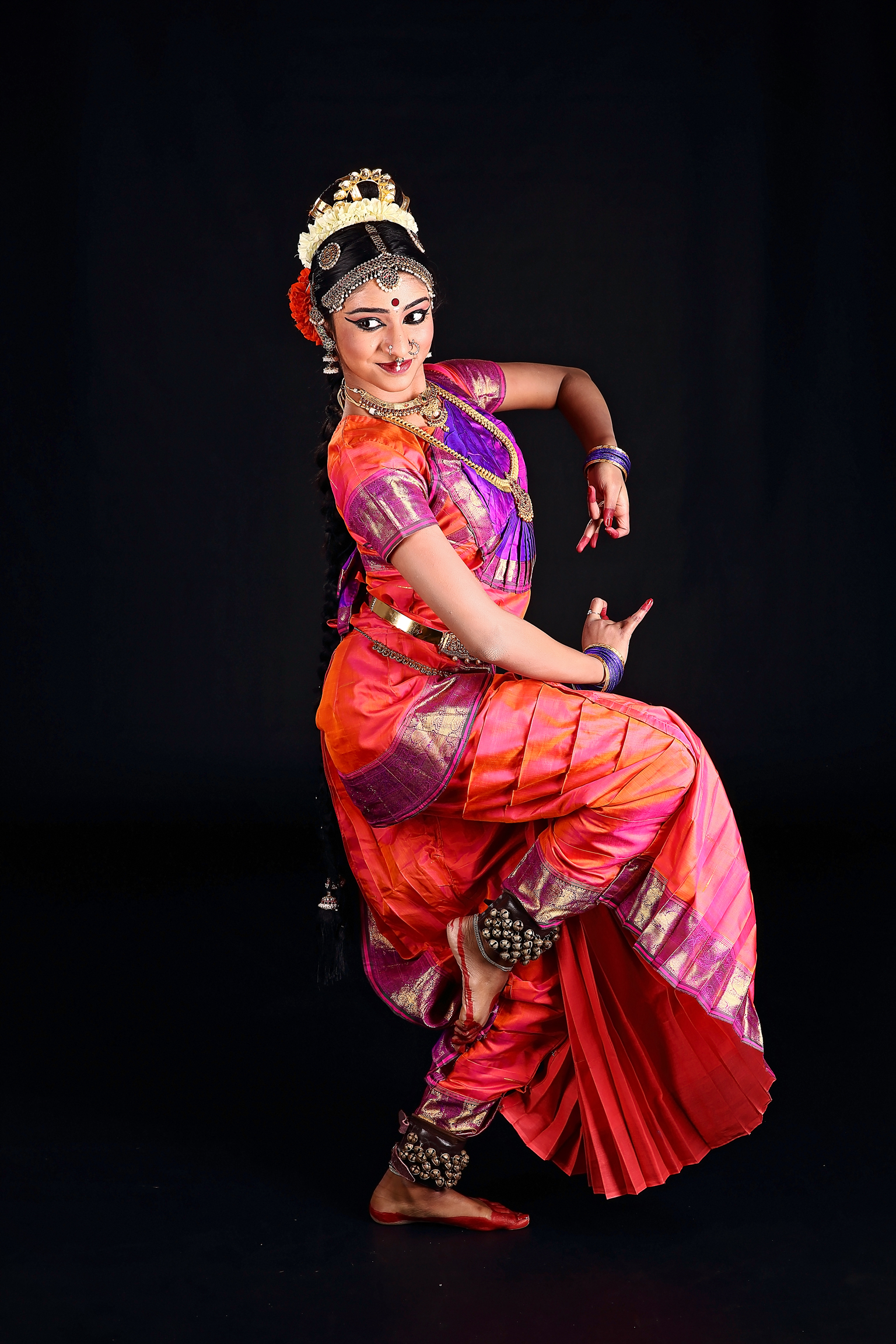Introduction:
Bharatanatyam, a classical dance form that originated in the temples of Tamil Nadu, is more than just an art; it is a spiritual journey. As we delve into the graceful movements and intricate expressions of Bharatanatyam, we uncover a profound connection to Lord Shiva, the cosmic dancer. In this exploration, we embark on a journey through the temple tales that illustrate Bharatanatyam’s deep-rooted devotion to the divine lord.

The Sacred Origins:
Bharatanatyam’s roots are intertwined with the spiritual ambiance of ancient temples. As the art form evolved, it found its sanctuary within the sacred precincts, serving as a medium of devotion and worship. The rhythmic footwork and expressive gestures of Bharatanatyam echo the sacred hymns sung in praise of Lord Shiva, creating a harmonious union of art and spirituality.
Nataraja’s Influence:
At the heart of Bharatanatyam’s devotion to Lord Shiva lies the iconic figure of Nataraja, the cosmic dancer. Nataraja’s celestial dance symbolizes the cosmic cycles of creation, preservation, and destruction. Bharatanatyam, in turn, mirrors these cosmic rhythms, paying homage to the divine choreographer through every movement and expression.
Tandava and Lasya:
The dance of Lord Shiva, expressed through Tandava (the powerful, masculine dance) and Lasya (the graceful, feminine dance), serves as a blueprint for the nuanced choreography in Bharatanatyam. The interplay between these two aspects manifests in the intricate storytelling and emotional depth embedded in the dance form.
Devotional Narratives:
Bharatanatyam performances often weave devotional narratives that narrate the divine stories of Lord Shiva. From the mythological tales of Shiva’s cosmic feats to the expressions of bhakti (devotion), each movement becomes a sacred gesture, a prayer in motion that transcends the physical realm and touches the spiritual core.
Temples as Theatres:
Temples have been the traditional stage for Bharatanatyam, where dancers enact their devotion amidst the divine energy. The temple walls echo with the sounds of anklets and the stories of Lord Shiva, creating an immersive experience that transports both the artist and the audience into a realm where art and spirituality seamlessly merge.
The Spiritual Language:
Bharatanatyam is not merely a performance; it is a spiritual language that communicates with the divine. The mudras (hand gestures), abhinaya (expression), and adavus (basic steps) articulate a sacred dialogue between the dancer and Lord Shiva, transcending verbal communication to convey profound emotions and stories.
Conclusion:
In the rhythmic beats and expressive poses of Bharatanatyam, we witness the devotion of countless artists who have surrendered themselves to the divine dance of Lord Shiva. Temple tales come to life through every performance, as Bharatanatyam continues to be a timeless expression of spiritual devotion, preserving the sacred connection between the earthly and the divine realms.
As we applaud the dancer’s artistry, let us also recognize the sacred thread that ties Bharatanatyam to its origins, echoing the eternal dance of Nataraja in the sanctuaries of devotion.









 Bharatanatyam, the exquisite classical dance form originating from Tamil Nadu, India, has bewitched audiences worldwide with its enchanting movements and rich cultural heritage. Aspiring dancers often ponder upon the question: How long does it take to learn Bharatanatyam? In this article, we embark on a quest to unravel the journey of learning Bharatanatyam and shed light on the time and dedication required to become proficient in this graceful art form.
Bharatanatyam, the exquisite classical dance form originating from Tamil Nadu, India, has bewitched audiences worldwide with its enchanting movements and rich cultural heritage. Aspiring dancers often ponder upon the question: How long does it take to learn Bharatanatyam? In this article, we embark on a quest to unravel the journey of learning Bharatanatyam and shed light on the time and dedication required to become proficient in this graceful art form.